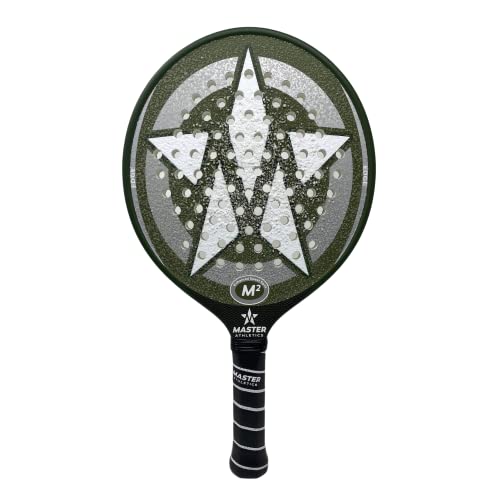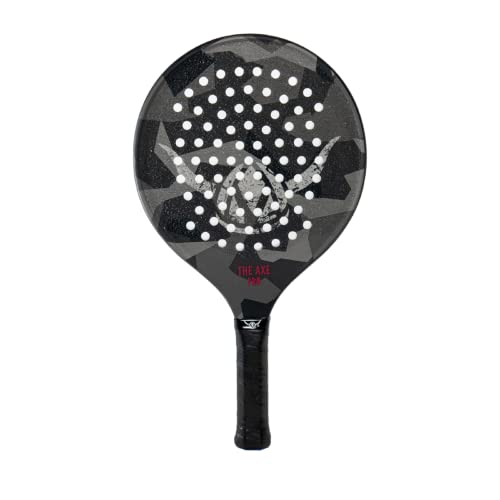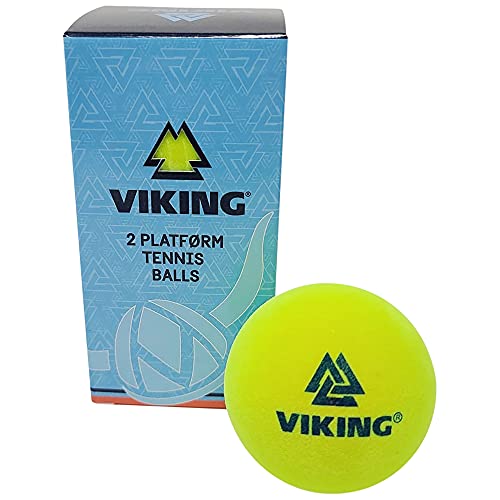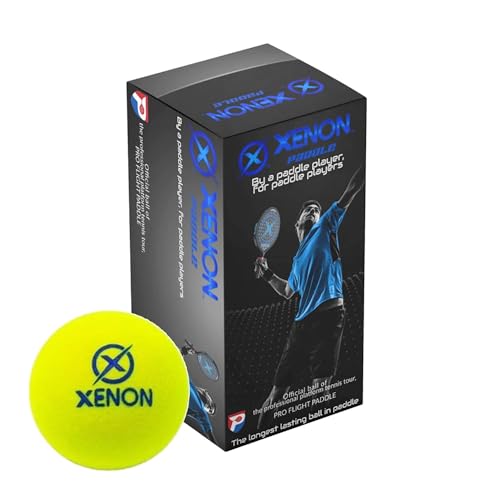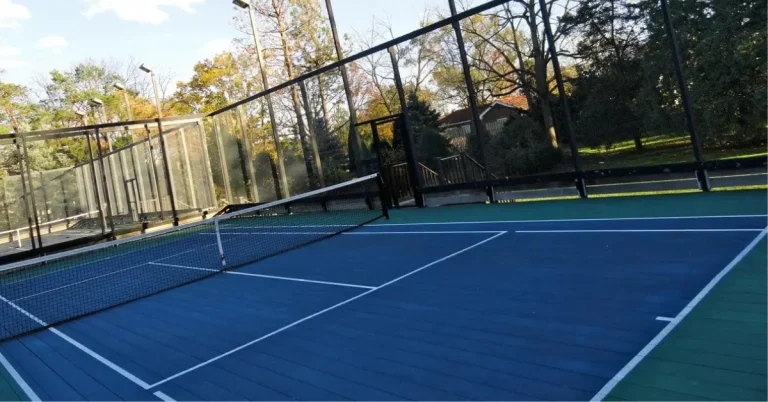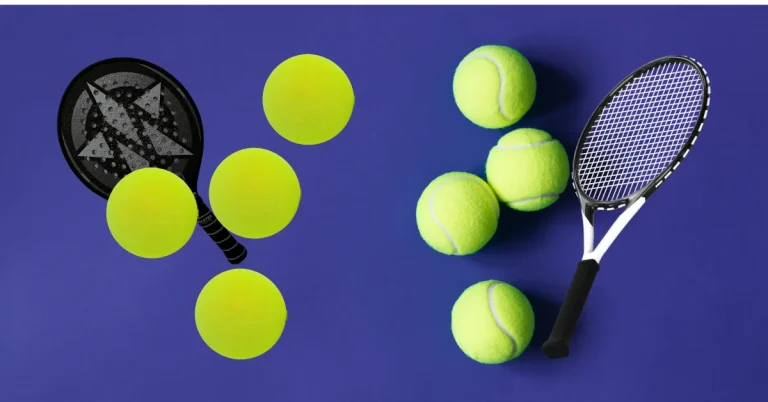Introduction to Platform Tennis Rules
Embark on a detailed exploration of platform tennis rules, a crucial aspect for anyone passionate about this dynamic sport. This guide covers everything from the basics to advanced tactics, suitable for players at all levels.Understanding the Court and Equipment
Platform Tennis Court Dimensions and Fencing
Platform tennis is played on a unique 44 feet by 20 feet court, surrounded by 12-foot high screens. These screens play a vital role in the game, allowing players to use them for rebound shots, adding a strategic element to the game.Comprehensive Guide to Serving in Platform Tennis
Service Technique and Sequence
In platform tennis, players have the flexibility to serve overhand, underhand, or sidearm, according to their preference. There is no obligation to inform the receiver about the type of serve, allowing servers to vary their delivery as a strategic element. Serving alternates after each game, with the initial server decided by a coin toss or racket spin. The serve must land in the diagonally opposite service box to be considered valid.Platform tennis has distinct serving rules that set it apart from other racquet sports. Unlike tennis, only one service attempt is allowed. This means if the first serve is a fault—either not clearing the net or landing outside the service box—the server loses the point. Notably, there are no service lets in platform tennis. If the ball touches the net cord but still lands in the correct service court, it is considered in play and the point continues.Scoring System and Tie-Breakers
Understanding Platform Tennis Scoring
Scoring in platform tennis follows a sequence similar to tennis, with points progressing through 15, 30, 40, and game points. A game requires a two-point lead to win, with tie-breakers implemented in the event of a 6-6 tie in games.Platform Tennis Rules: In-Play Regulations
Ball In-Bounds and Screen Play
A ball is in play if it lands within the court’s boundaries and can be played off the screens. However, it must not hit the screen before landing in the court. This unique aspect of platform tennis rules adds depth and strategy to the game.Advanced Strategy in Platform Tennis
Utilizing the Screens and Strategic Play
Platform tennis, a game renowned for its unique blend of strategy and skill, especially shines when players effectively utilize the screens. These wire mesh barriers surrounding the court are not just for keeping the ball in play; they’re a canvas for creativity and tactical prowess. Mastering screen shots is paramount, as it allows players to turn seemingly defensive positions into aggressive offensive maneuvers. Here’s how to elevate your game with advanced strategies focusing on screens and strategic play:
Mastering Screen Shots
- Anticipation and Positioning: To effectively use the screens, players must anticipate the ball’s trajectory and position themselves accordingly. This involves understanding the angles and how the ball behaves on contact with the screen, allowing for strategic placements of return shots.
- Developing a Variety of Shots: Learning to hit both soft and hard shots off the screens can confuse and unsettle opponents. Soft shots can draw opponents closer to the net, setting up opportunities for lobbing, while hard shots can push them back or create challenging angles.
- Using the Screens to Create Angles: Exploiting the screens allows players to create angles that would be impossible in traditional tennis. Practicing shots that rebound off the side and back screens at sharp angles can catch opponents off guard and open up the court.
Strategic Serving and Volleying
- Serving with Purpose: Advanced players use serves not just to start the play but to set the tone of the game. Mixing up serves with varying speeds and spins, aiming for the corners to create wider angles, can force opponents into difficult returns, making it easier to gain the offensive advantage with a strong net presence.
- Volleying with Precision: At the net, the goal is to place volleys that limit the opponent’s options. This might mean hitting deep volleys to push opponents back or soft, angled volleys to draw them out of position. Effective volleying in platform tennis often involves anticipating the opponent’s next shot and positioning oneself to cut off the screen angles.
Strategic Play Development
- Analyzing Opponents: Understanding your opponent’s strengths and weaknesses is crucial. Use early points to test their screen play and adapt your strategy to exploit any hesitations or weaknesses.
- Mental Toughness and Adaptability: High-level platform tennis requires not just physical skill but mental resilience. Players must be prepared to change strategies mid-match and maintain focus during long rallies and complex screen exchanges.
- Practice and Patience: Developing advanced strategies in platform tennis takes time and practice. Regularly playing against opponents who are skilled at using the screens can improve your ability to anticipate and counter their shots.
Incorporating these advanced strategies into your platform tennis play will not only enhance your performance but also deepen your appreciation for the game’s strategic complexities. Remember, the best players are those who can adapt, anticipate, and use every part of the court to their advantage, including the screens.
